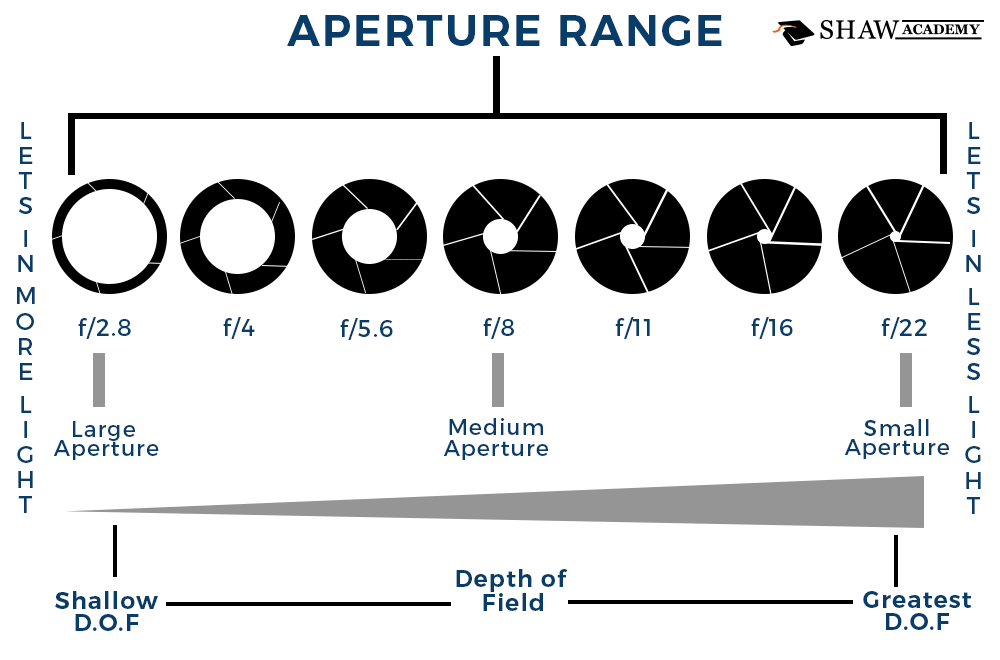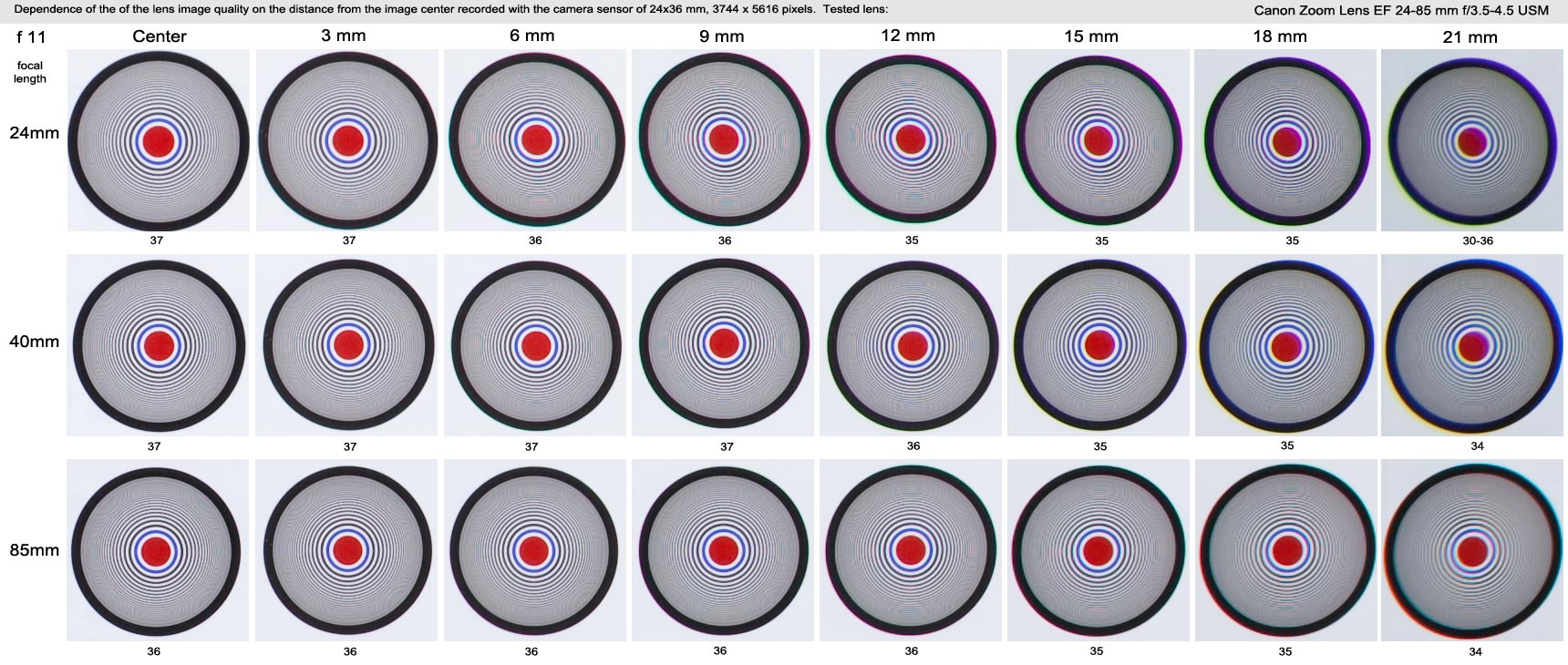

When you focus on a subject everything to their side is on the same focal plane, and will also be in focus. I get asked this question often by people trying to get their camera settings right and choosing the best lens for group photos, and the answer is not what you’d expect!

Now let’s imagine our beds are the heads of an extended family grouped together! We want to ensure all our people in a group will be clear and in focus. When we increase the f stop to f/8 (also known as stopping down or closing down the aperture) we have more beads in focus behind the bead that we focused on. You can see in our beads example below… at f/2 (known as a wide aperture ) we have only one bead in focus. The size of aperture can range from small aperture to maximum aperture with many variations in between as we open up and shut down our lenses … see our very technical diagram! Unlike a large aperture, a narrow aperture of the lens is used when we take a photo where we want to get everything from front to back to be in sharp focus, such as a landscape image. larger aperture area of focus in front of and behind your subject) Narrow aperture = high aperture of f stop number (eg. We use wider aperture for blurry background s, such as an image of a flower or person and then everything behind it is out of focus. small area of focus in front of and behind your subject) Remember aperture range is measured in f stops : Wide Aperture = low f stop number (eg. How much depth of field you have is controlled by your aperture setting. Related: What is The Exposure Triangle What Is Depth of Field?ĭepth of field is the area of focus in front of and behind the point where you focused (that would be your subject!). It refers to the physical opening of your l ens, and is measured in f stop (eg. Sarah Croker – Click Love Grow Graduate What Does The Aperture Do?Īperture is one of the three elements that controls exposure in your camera, while also affecting your depth of field. To help you get all the answers, in today’s post we’ll have a closer look at what aperture is, so that you can confidently decide which one to use next time you’re photographing a large group of people or shooting landscape photography. “ When would you use a 1.4 aperture ? ”, “ How do I know what aperture to use ? ”, or “ When would you use low aperture ?” are some of the questions I receive most often. In order to get everyone in a focus point, we need to use a narrow aperture, but then we lose our blurry backgrounds! And this is where people run into difficulty, when it comes to selecting the right camera settings and choosin g the best lens for group photos.

#SELECT THE RIGHT ZOOM LENS MM F STOP MANUAL#
You need to be shooting in manual mode to get those blurry backgrounds on purpose! So if you’re not, familiarise yourself with the exposure triangle and jump in!īut if you are shooting in manual mode, then you’ll know you need a wide open aperture to get those blurry background s.


 0 kommentar(er)
0 kommentar(er)
